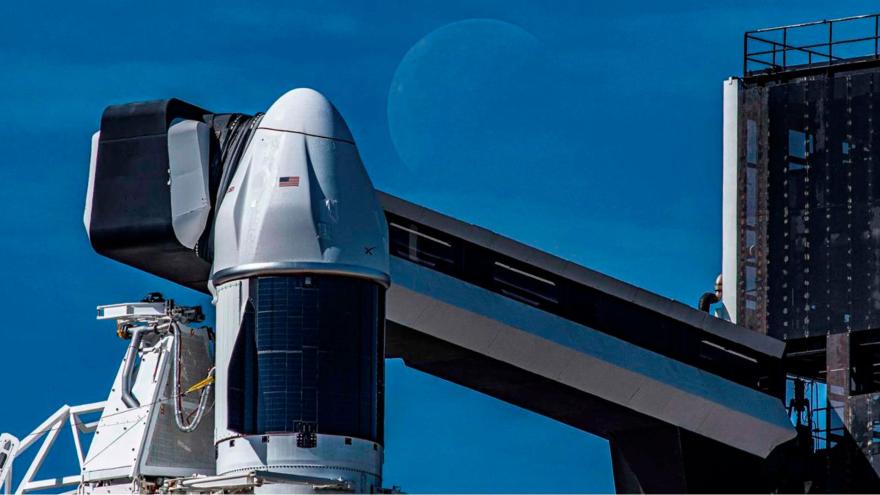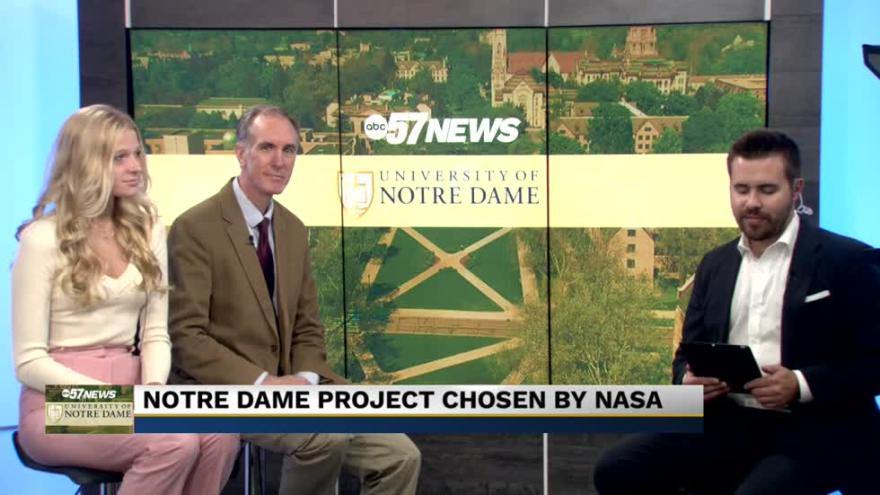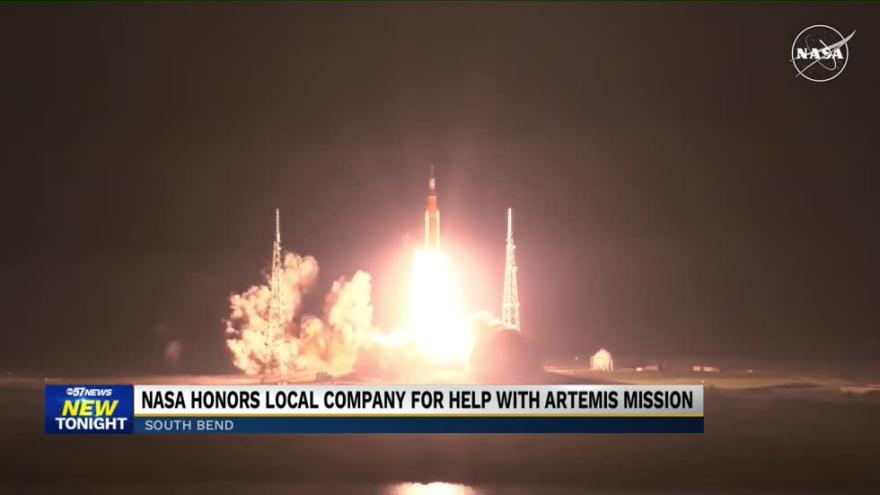Notre Dame cancer research is heading to the ISS

See Also
According to NASA and the university, in addition to food, supplies and equipment for the ISS crew, the spacecraft will transport an experimental study from researchers in Notre Dame’s Department of Aerospace and Mechanical Engineering.
The SpaceX Dragon cargo spacecraft will lift off from Florida’s Cape Canaveral Space Force Station and head towards the International Space Station (ISS), which orbits roughly 250 miles above Earth.
Notre Dame's Brandi Wampler says Assistant Professor Meenal Datta, an affiliate of Notre Dame’s Harper Cancer Research Institute, is leading the study and she plans to use the unique microgravity environment found aboard the space station to gain new insights into human biology.
Officials say the self-contained experiment will use materials and methods similar to the ones Datta uses in her lab at Notre Dame, but the procedures have been miniaturized and automated to be done in zero gravity.
“Researchers have been studying the body and biological processes in space since the ISS first launched,” Datta said. “It goes hand-in-hand with space exploration and is a key part of keeping astronauts safe and healthy. But increasingly researchers are turning their attention toward ways research in space can improve life on Earth.”
Datta’s experiment hopes to shed light on glioblastoma, a fast-growing, aggressive and currently incurable form of brain cancer.
“There are all sorts of advantages to studying brain cancer in microgravity,” she explained. “When you study brain tumors on Earth, that usually means studying them in a flat layer in a dish on a benchtop. But the microgravity environment of the ISS provides conditions that in some ways mimic how a tumor would form when it is suspended within the brain’s tissues.”
Officials say Datta’s experiment focuses on growing tiny structures that resemble human organs known as organoids, one of the most difficult steps in cancer research.
According to the university, organoids function as “stand-ins” or “avatars” for human tissues in experimental studies. Datta and her team use organoids developed from glioblastoma and immune cells to discover how immune cells interact with cancerous cells.
Wampler says the Notre Dame team will be among the first researchers to grow glioblastoma-immune organoids in space and compare their growth and development to similar structures grown on Earth.
“Organoids form organically from human cells, but in Earth’s gravity, they are heterogeneous and form slowly,” Datta said. "Microgravity will provide an environment where they can form quickly and regularly, allowing for clearer and more reproducible results in experimental studies, including drug discovery and testing.”
Interestingly, to provide a control group for the study, Datta’s lab at Notre Dame will run an experiment parallel to the one that will take place during the 30-day space expedition right here on Earth, and after the mission is complete, Datta and Alice Burchett, a doctoral student in Notre Dame’s Bioengineering Graduate Program, will collect the samples and analyze the differences.
University officials say Datta’s experiment is not the first by a Notre Dame researcher to take place on the ISS.
In 2021, Tengfei Luo conducted a groundbreaking study on the formation of bubbles in space, the results of which recently appeared in the Nature journal Microgravity.
Datta said she plans to work with Luo and a collection of other researchers at Notre Dame to send even more experiments to the ISS.
“As surprising as it may sound, when it comes to advancing health research, there are many things we can do more efficiently in space than on the ground,” Datta said. "Space provides a better way to synthesize a reproducible model. And better models allow us to more quickly develop and test the treatments that can fight this cancer and ultimately save lives.”
The launch is scheduled for 4:55 p.m. EDT on Thursday, March 21 and live launch coverage will air on NASA+, NASA Television, the NASA app, and the agency’s website, with prelaunch events starting Tuesday, March 19. Learn how to stream NASA TV through a variety of platforms.


